

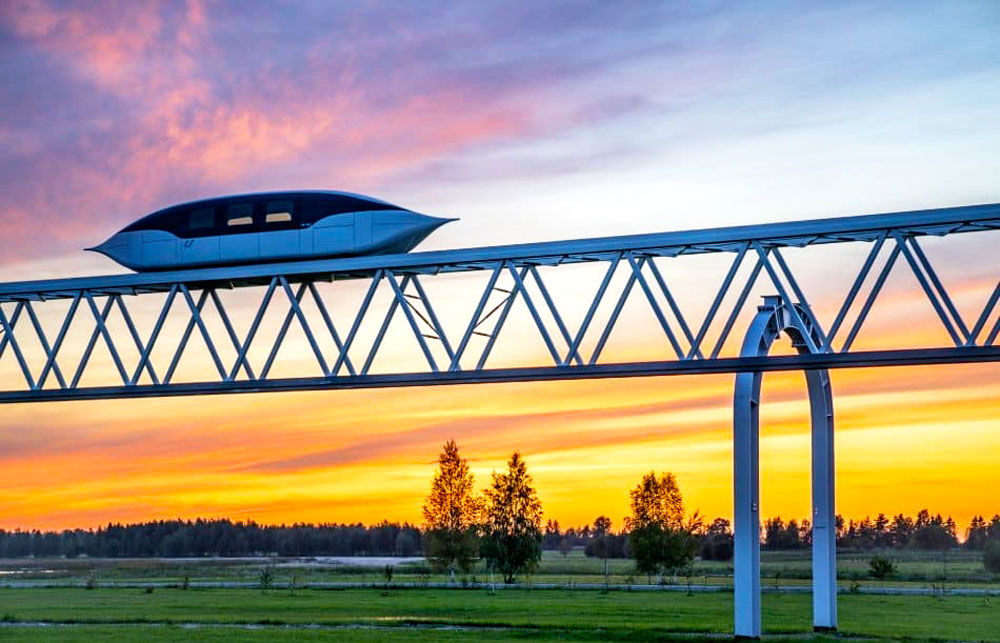
Bird collisions have long been recognized in aviation as one of the most serious safety hazards. According to the International Civil Aviation Organization (ICAO), tens of thousands of bird strike incidents are recorded annually. Even a small bird entering an aircraft engine can disable it, and for small aircraft, such incidents can have catastrophic consequences. Against this backdrop, a logical question arises: should above-ground transport solutions such as uST string rail systems be concerned about similar threats?
Most known bird species fly at altitudes of 400–800 meters, which coincides with the takeoff and landing zones of aircraft. Not every bird collision leads to aircraft failure, but a bird entering a jet engine turbine almost always causes damage. In fact, the annual damage from such incidents is estimated to cost around $2 billion annually in the United States.
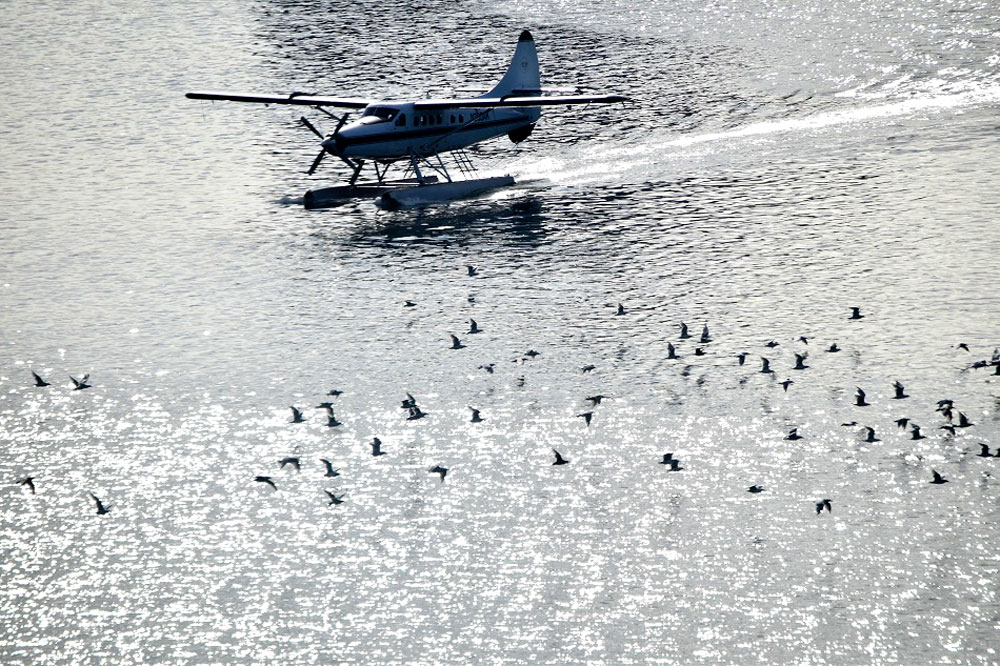
Birds also pose a threat to small aircraft, even though these are typically not equipped with jet engines. Since this type of transport moves at relatively high speeds (200–300 km/h), a collision with a large bird generates immense kinetic energy, comparable to being hit by a heavy object. This can lead to serious damage and endanger the lives of crew and passengers.
Although string rail transport is considered an above-ground solution, its design is fundamentally different, making birds largely non-threatening for several reasons.
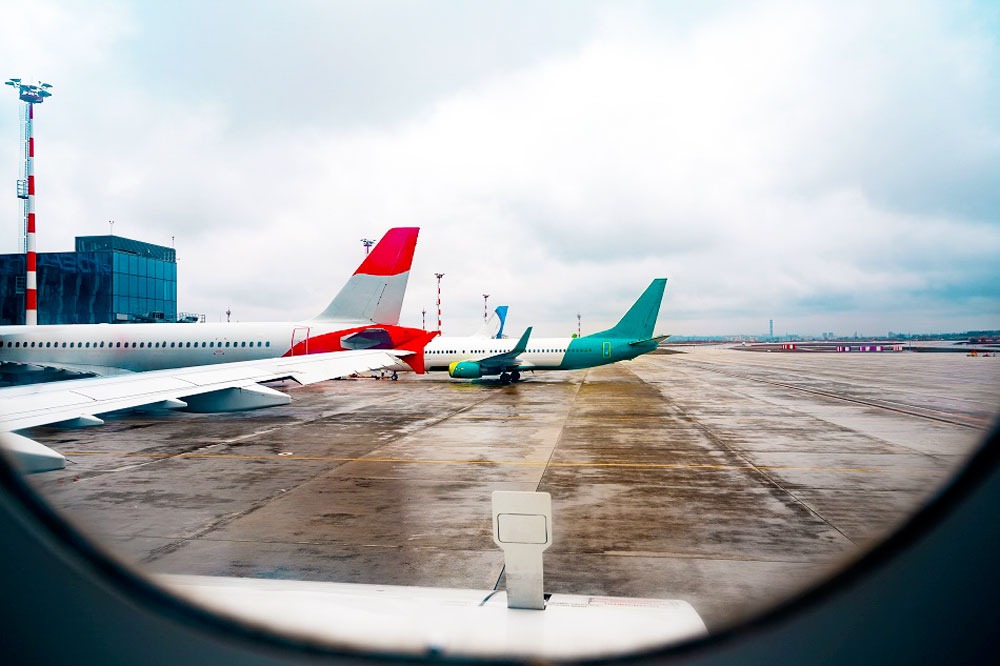
Firstly, uPods travel strictly along a string rail overpass located at a set height (around 10 meters). Birds tend to avoid static linear obstacles and adapt to their presence over time, as they have with power lines and bridges.

Secondly, uPods have no turbines or propellers in their design. The vehicles are powered by electric traction through wheel pairs, which birds physically cannot enter, eliminating the risk of mechanical disruption.
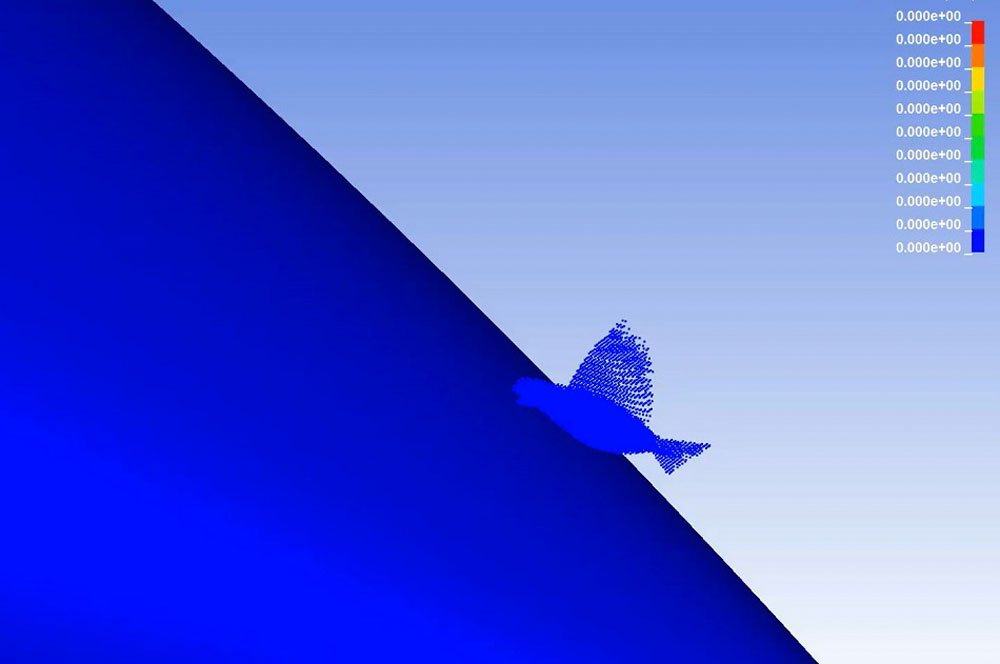
Thirdly, the shape of uPods is optimized for speeds up to 500 km/h. Their streamlined aerodynamic bodies minimize air resistance and reduce the impact of accidental bird contact. In contrast, airplanes have protruding wings, engines, and flaps, which significantly increase their vulnerability to external influences.
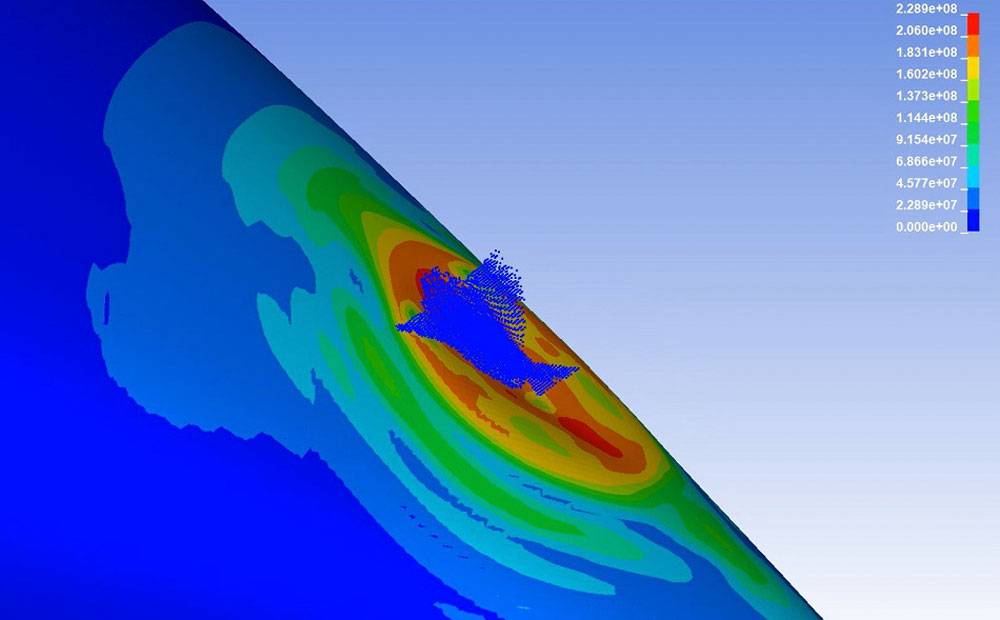
Fourth, birds are highly adaptive and generally avoid active objects in their habitat. uST systems are positioned above roadways but below air traffic corridors. This is a kind of “neutral zone” where bird activity is significantly lower than at altitudes below 100 meters (urban parks, fields, water bodies) or several hundred meters (migration routes).
UST Inc. engineers consider not only technical but also ecological aspects.
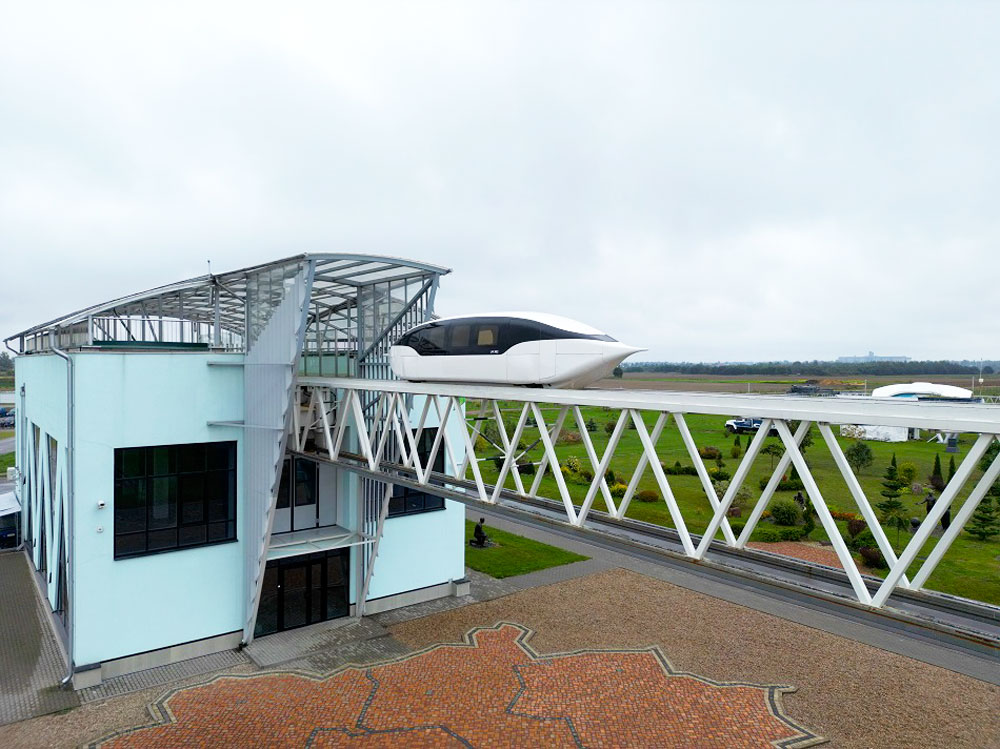
The systems are designed with environmental care in mind, reflected in the following:
Unlike airplanes and small aircraft, where birds remain a serious safety hazard, this issue is virtually eliminated in string transport (uST). Contributing factors include the fixed track, absence of turbines, aerodynamic design of uPods, and the ecological orientation of the systems themselves.
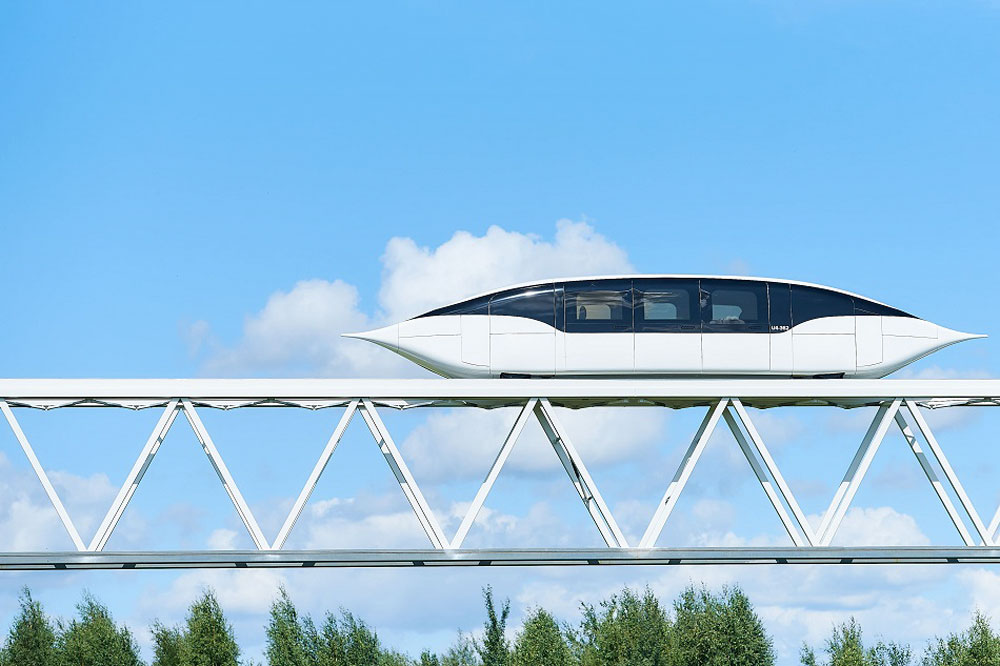
Thus, uST represents not only a safe and fast mode of transport but also an example of harmonious coexistence between modern technology and wildlife.
|
Criterion |
Aircraft and Small Aviation |
String Transport (uST) |
|
Movement Trajectory |
Free; overlaps with bird flight zones (0–1000 m – critical range) |
Fixed elevated track; birds avoid linear obstacles |
|
Propulsion Source |
Jet or propeller engines that can ingest birds |
Electric traction via wheel pairs – no risk of ingestion |
|
Aerodynamics |
Wings, flaps, engines increase vulnerability |
Streamlined uPods with minimal drag, designed for high speeds |
|
Speed and Impact Consequences |
200–900 km/h. Even small birds can cause serious damage |
Up to 150 km/h. The uPod body is built to withstand external impacts |
|
Risk Zone |
Takeoff and landing – the most dangerous phases |
Tracks lie between roads and air corridors – “neutral zone” |
|
Noise and Environmental Impact |
Noise and turbulence attract and disorient birds |
Low noise and predictable movement; birds adapt quickly |
|
Ecological Factor |
High fuel consumption, CO₂ emissions |
Eco-friendly: electric power, minimal carbon footprint |
This form asks for your consent to allow us to use your personal data for the reasons stated below. You should only sign it if you want to give us your consent.
Who are we?
The name of the organisation asking you for consent to use your information is:
Global Transport Investments
Trident Chambers, P.O. Box 146, Road Town
Tortola
British Virgin Islands
We would like to use the following information about you:
Why would we like to use your information?
Global Transport Investments would like to send this information to company registry, inform you about its news, for refund purposes.
What will we do with your information?
We store your name, address, ID Data, date of birth into company registry. We will share your e-mail & phone number with IT Service (https://digitalcontact.com/), SMS Center (http://smsc.ru). They will add your details to their mailing list and, when it is news update, they will send you an email or sms with details. We store your credit card number for possible refunds.
How to withdraw your consent
You can withdraw the consent you are giving on this form at any time. You can do this by writing to us at the above address, emailing us at the address: [email protected] or by clicking on the unsubscribe link at the bottom of emails you receive.
This privacy notice tells you about the information we collect from you when you sign up to receive our regular newsletter via our website. In collecting this information, we are acting as a data controller and, by law, we are required to provide you with information about us, about why and how we use your data, and about the rights you have over your data.
Who are we?
We are Global Transport Investments. Our address is Trident Chambers, P.O. Box 146, Road Town, Tortola, British Virgin Islands. You can contact us by post at the above address, by email at [email protected].
We are not required to have a data protection officer, so any enquiries about our use of your personal data should be addressed to the contact details above.
What personal data do we collect?
When you subscribe to our newsletter, we ask you for your name and your email address.
Why do we collect this information?
We will use your information to send you our newsletter, which contains information about our products.
We ask for your consent to do this, and we will only send you our newsletter for as long as you continue to consent.
What will we do with your information?
Your information is stored in our database and is shared with with IT Service (https://digitalcontact.com/), SMS Center (http://smsc.ru). It is not sent outside of the Euro. We will not use the information to make any automated decisions that might affect you.
How long do we keep your information for?
Your information is kept for as long as you continue to consent to receive our newsletter.
Your rights over your information
By law, you can ask us what information we hold about you, and you can ask us to correct it if it is inaccurate.
You can also ask for it to be erased and you can ask for us to give you a copy of the information.
You can also ask us to stop using your information – the simplest way to do this is to withdraw your consent, which you can do at any time, either by clicking the unsubscribe link at the end of any newsletter, or by emailing, writing us using the contact details above.
Your right to complain
If you have a complaint about our use of your information, you can contact the Information Commissioner’s Office.
Rate and Comment
You can assess the importance of a particular publication and the level of its preparation. Share your opinion in the comments!